After detecting The first image of the deep universe by telescope James WebbThis Tuesday (12) NASA released four more images created from the largest (and most expensive) space observatory ever made.
One of the highlights is the Southern Ring Nebula, a cosmic cloud of space dust surrounding a dead star.
In short, to understand how stars (like the Sun) are formed, we need to be able to look back billions of years. And that’s what James Webb was created to do: to act as a kind of time machine and reveal star formation in its early stages, when it was all about cosmic gas and dust.
Check out more details about James Webb’s first goals below:
SMACS 0723 . galaxy cluster
The first photo was revealed on Monday (11) by the President of the United States, Joe Bidenat a conference at the White House.
Despite the complicated name, SMACS 0723 is a “cluster” – a group of galaxies, with smaller galaxies around it.
This cluster is about 4.6 billion light-years away. This means that the telescope can see “the past,” allowing astronomers to discover features of the formation of the universe.
The presented record is the most reliable infrared capture of space objects known to date. The “deep field,” as the agency called it, was captured by a NIR (near infrared, higher frequency range) camera after 12.5 hours of continuous exposure.
According to NASA, the image contains a galaxy of 13.1 billion years ago.
Southern Ring Nebula
It is a planetary nebula surrounding a dead star. It is 2000 light years from Earth.
The darker star in the center of the image sends out millennia-old rings of gas and dust in all directions. James Webb revealed for the first time that this star is surrounded by dust.
Webb will allow astronomers to investigate in more detail about planetary nebulae like this one – clouds of gas and dust emitted by dying stars.
Stephan quintet
It is a group of five galaxies in a constellation winged horse290 million light-years away from Earth.
This is the largest image ever taken of the galaxy cluster, which contains 150 million pixels. It shows millions of newly formed stars, as well as gas and dust tails being pulled from different galaxies due to gravitational interactions.
Although called the “quintet”, only four of them are closely related. The fifth, called NGC 7320 (far left in the image), is very far from the block — and closer to Earth. It’s “only” 40 million light-years from here. As for the others (NGC 7317, NGC 7318A, NGC 7318B and NGC 7319), the leg is slightly longer – 290 million light-years.
According to the agency, this image will allow to study mergers and interactions between galaxies, which may explain the formation of planetary systems and other stars.
Carina Nebula
It is one of the brightest nebulae (a cloud of space dust where stars are formed) in the sky. In this nebula there are stars several times the size of the Sun.
The image shows hundreds of never-before-seen stars. “We see some bubbles and jets of newly created stars. We also have structures that we don’t know about yet,” said Amber Straun, a NASA astrophysicist, while showing the image.
The scene, which looks like a series of star-studded “mountains” and “valleys,” is actually the top of a star-forming region, called NGC 3324. This is the first time that unseen records of star-born regions have been captured by infrared radiation.
WASP-96B (Spectrum)
James Webb recorded the spectrum of the exoplanet (exoplanet) WASP-96B. As far as is known, it consists of gas and is 1,150 light years from Earth.
Using the spectrum data, astronomers can get details of the light emitted at certain wavelengths. In practice, this will help to reveal the details of the chemical composition and chemical composition of the gas giant.
At the moment, it is known that WASP-96B is a hot gas giant, and the telescope was able to detect water vapor on an exoplanet.
The observation, which reveals the presence of specific gaseous molecules based on subtle dips in light brightness with color accuracy, is the most detailed of its kind to date, demonstrating Webb’s unprecedented ability to analyze the atmosphere hundreds of years ago. The light is away.
Hubble alternative
Developed decades ago and Released December 2021The James Webb Space Telescope is part of a NASA and European Space Agency effort CSA (Canadian Space Agency).
Despite being in space for just over six months, it first had to reach the L2 Lagrangian point (1.5 million kilometers from Earth) and go through a series of calibrations before starting to make the first observations.
So far, the consortium of countries responsible for James Webb has released calibration images, tests, or “spoilers” of what’s to come, illustrating the telescope’s level of identification compared to other space observatories.
As is usual in space systems that include many space agencies, there is a competition mechanism between astronomers associated with these agencies for the selection of observation points.
James Webb is considered the best space observatory ever, a kind of replacement for the Hubble telescope. It is hoped that it will be possible to solve the mysteries of the origin of our solar system, observe distant worlds around other stars and investigate the structures and origins of the universe.

“Incurable thinker. Food aficionado. Subtly charming alcohol scholar. Pop culture advocate.”





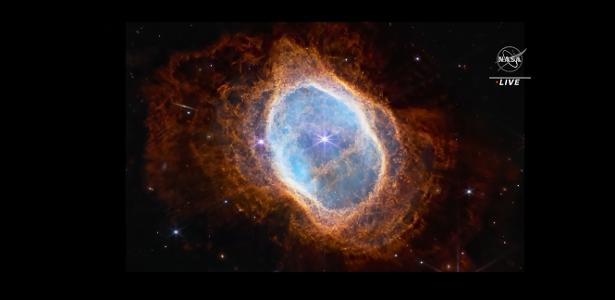
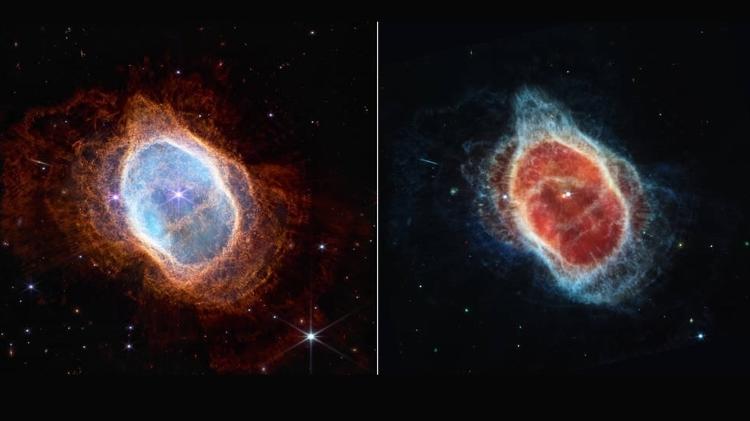
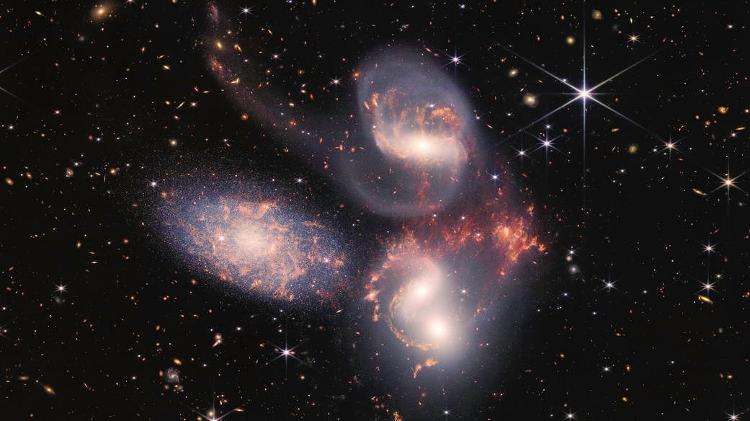
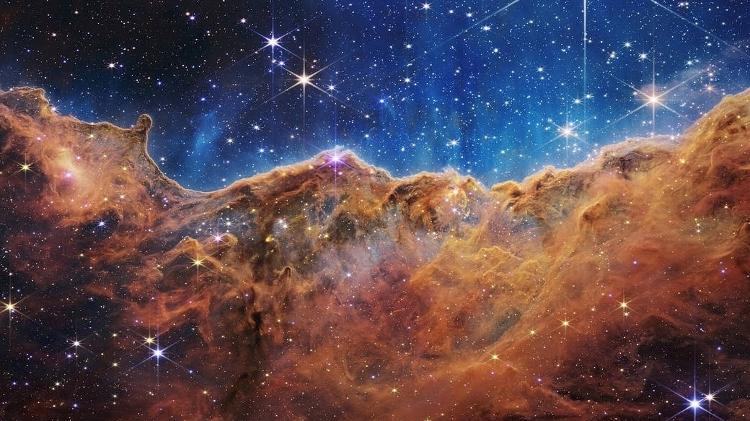
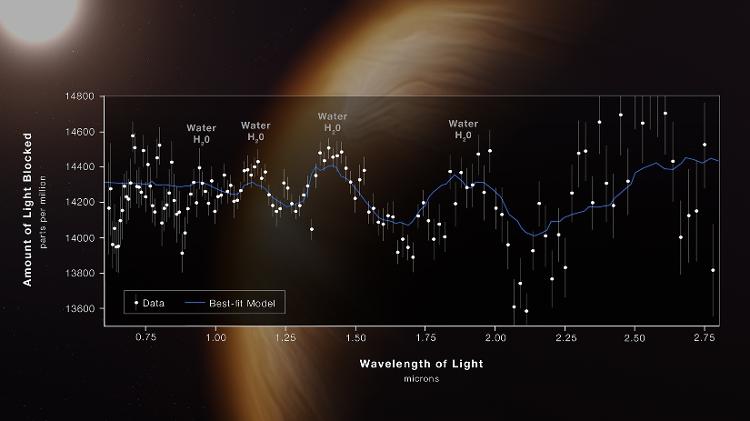
More Stories
NASA Releases Selfie of Perseverance Rover Working on Mars
NVIDIA driver includes hidden Final Fantasy XVI profile
PlayStation Plus Extra and Premium saw a significant drop in players in July